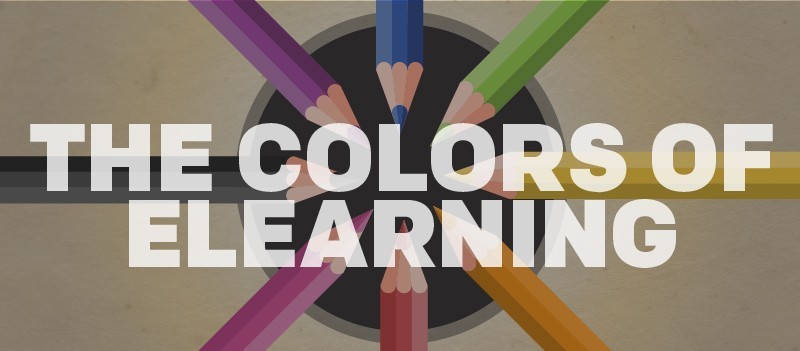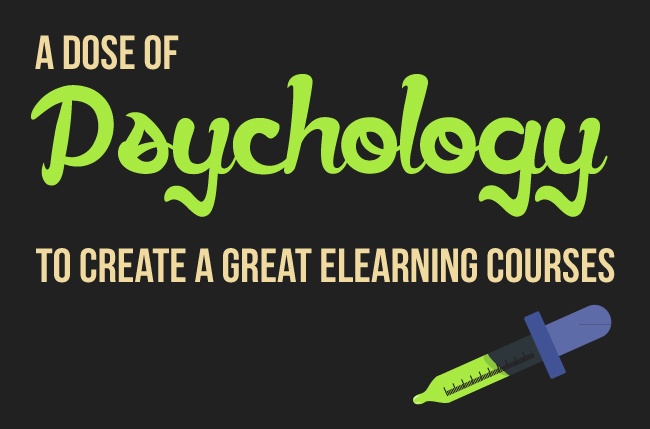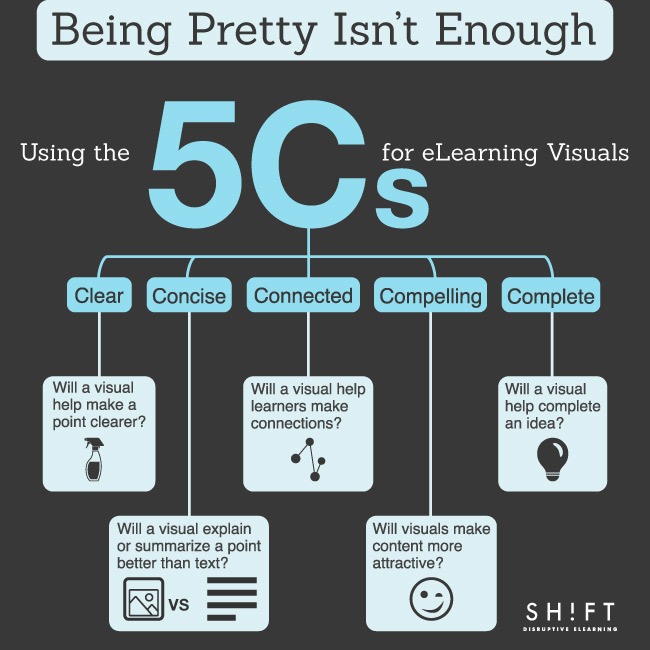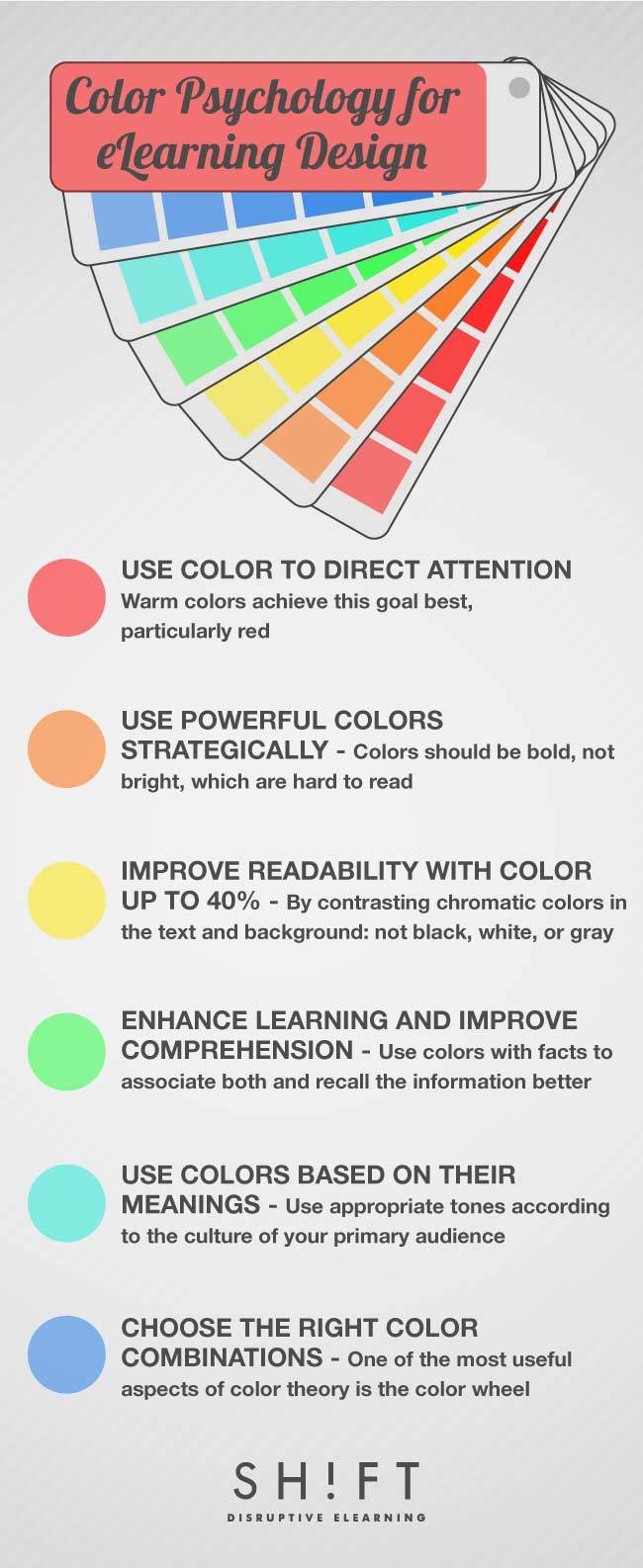Search for...
#color Bookmarks
Published color Bookmarks
 The Colors of eLearning » eLearning Brothers
The Colors of eLearning » eLearning Brothers
We've made some updates to the descriptions on this classic post on the colors of eLearning as well as added an additional color to the list!
 Add a Dose of Psychology to Create a Great eLearning Courses
Add a Dose of Psychology to Create a Great eLearning Courses
The whole point of taking psychology into consideration is the end product: individuals who are happier and who will probably experience effective eLearning. Take a peek at some thoughts on the psychology of design:
 Being Pretty Isn’t Enough: Using the 5 Cs for eLearning Visuals
Being Pretty Isn’t Enough: Using the 5 Cs for eLearning Visuals
Although infographics, charts, illustrations, and other visuals for eLearning will never replace quality content, they can often do a better job at explaining content easily. However, in order to become effective teaching tools, visuals must reflect the user’s cognitive architecture and add something meaningful to the learning experience.
This post looks at a simple approach to creating effective visuals for eLearning by considering the 5 Cs.
This post looks at a simple approach to creating effective visuals for eLearning by considering the 5 Cs.
 Making The Jump Into eLearning—12 Tips For a Strong Start
Making The Jump Into eLearning—12 Tips For a Strong Start
There are several types of eLearning courses, but if you want to create an effective one, then there are some ideas you need to follow. Creating an effective online course requires, time, effort, planning and these tips can help you along the way, especially when you are just getting started.
 eLearning Start-ups: These Mistakes Will Make You Look Unprofessional
eLearning Start-ups: These Mistakes Will Make You Look Unprofessional
You have most likely mastered the basics of instructional design already. Now it's time to learn an intimately related discipline called information design.
Put simply, information design refers to the “the arrangement of organization models to provide context and meaning for the information.”
The problem is, a number of common information design mistakes hurt that goal. Here are some of them:
Put simply, information design refers to the “the arrangement of organization models to provide context and meaning for the information.”
The problem is, a number of common information design mistakes hurt that goal. Here are some of them:
 6 Ways Color Psychology Can Be Used to Design Effective eLearning
6 Ways Color Psychology Can Be Used to Design Effective eLearning
Research has found that 80 percent of information processed by the brain of an Internet user comes from sight and yet other studies have discovered that people are exceptionally sensitive to visual cues when learning. These two pieces of information suggest that visual content is a key factor in eLearning and applying graphic techniques appropriately could enhance knowledge acquisition.
eLearning developers must familiarize with color psychology before start designing.
eLearning developers must familiarize with color psychology before start designing.
Submit Bookmark

